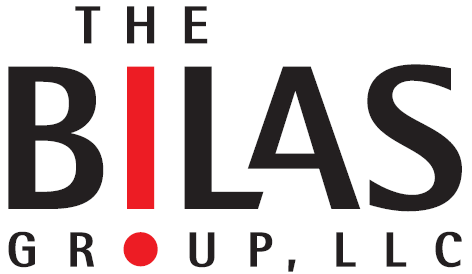Training Within Industry is an integrated productivity improvement program, but should you implement all three J-programs at once? Our recommendation is no. The power of TWI is that it changes people’s behaviors – they will lead differently, instruct differently and work differently. Launching training in all three programs at the same time might dilute your efforts in establishing these new behaviors. The result could be delays, false starts or outright failure of your implementation effort. We recommend starting with Job Instruction.
By focusing on Job Instruction, you can achieve several objectives within one effort. To use the 4-step JI method, you must first analyze and prioritize the tasks on which you need to train. This forces the leader to analyze the performance of his team and determine where the improvement effort should be focused. We believe a focused effort that targets several quantifiable objectives is better than just training as many people as possible in JI. Now with the tasks identified and prioritized, you will need to make breakdowns before instructing. Making a job breakdown – getting the important steps, and extracting the key points and their reasons – requires a thorough and systematic review of the critical tasks. This review will not only give you a great breakdown, but it will uncover numerous small improvements. Whenever you look at a process this closely, you’re bound to find unnecessary steps or motions, broken, worn or missing tools, and problems with materials. Fixing these issues will give you a productivity boost even before you train your first person. We have seen cycle times and defect rates halved just by doing a breakdown. Before beginning training, you will also have the opportunity to review the breakdown with the rest of the team. During this review, you will find still more key points that will improve the process and you can gain consensus that the breakdown is the “one best way” to do the job. This review process often reduces the resistance to trying a new method of work and leads to greater acceptance of standardized work.
Starting with Job Instruction training often triggers the need for Job Relations training. As people are trained, they may resist a method of work that is different from their own. Job Relations can help address this problem. We usually recommend conducting JI and JR training concurrently which provides the leaders and trainers the tools to conduct training and address any issues that might arise when gaining consensus on job breakdowns or acceptance of the “one best way.” The Job Methods program also relies on JI being done prior. Once a process is improved using JM, you’ll need JI to train people on changes in the process and JR helps the leaders address any resistance to the changes being implemented.
In conclusion, when starting on your TWI journey, we recommend starting with a Job Instruction Workshop focused on a pilot or test area. If resistance to change or new methods has been a problem in the past, then running a JR workshop will give the leaders another tool to address those issues. Often, we hold a JI workshop in the morning with a JR workshop in the afternoon. JI combined with JR should help establish standardized work and processes, and stabilize the operation. We don’t recommend introducing Job Methods improvement until basic stability is achieved. Only with stability can you move on to improvement.
In our next installment of this series, we will discuss selecting the target area to focus your initial efforts.
